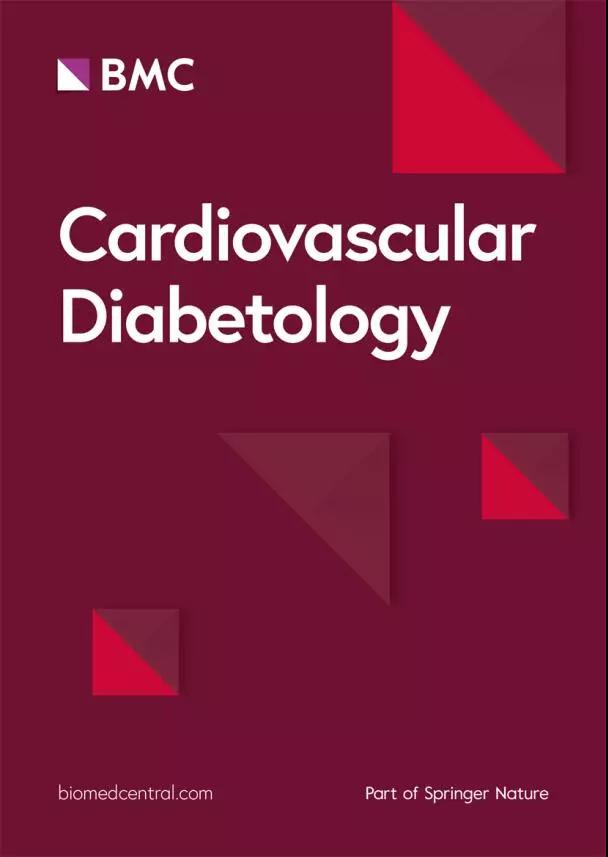Mendelian randomization analysis reveals causal effects of blood lipidome on gestational diabetes mellitus
IF 8.5
1区 医学
Q1 CARDIAC & CARDIOVASCULAR SYSTEMS
引用次数: 0
Abstract
Observational studies have revealed associations between maternal lipid metabolites and gestational diabetes mellitus (GDM). However, whether these associations are causal remain uncertain. To evaluate the causal relationship between lipid metabolites and GDM. A two-sample Mendelian randomization (MR) analysis was performed based on summary statistics. Sensitivity analyses, validation analyses and reverse MR analyses were conducted to assess the robustness of the MR results. Additionally, a phenome-wide MR (Phe-MR) analysis was performed to evaluate potential side effects of the targeted lipid metabolites. A total of 295 lipid metabolites were included in this study, 29 of them had three or more instrumental variables (IVs) suitable for sensitivity analyses. The ratio of triglycerides to phosphoglycerides (TG_by_PG) was identified as a potential causal biomarker for GDM (inverse variance weighted (IVW) estimate: odds ratio (OR) = 2.147, 95% confidential interval (95% CI) 1.415–3.257, P = 3.26e−4), which was confirmed by validation and reverse MR results. Two other lipid metabolites, palmitoyl sphingomyelin (d18:1/16:0) (PSM(d18:1/16:0)) (IVW estimate: OR = 0.747, 95% CI 0.583–0.956, P = 0.021) and triglycerides in very small very low-density lipoprotein (XS_VLDL_TG) (IVW estimate: OR = 2.948, 95% CI 1.197–5.215, P = 0.015), were identified as suggestive potential biomarkers for GDM using a conventional cut-off P-value of 0.05. Phe-MR results indicated that lowering TG_by_PG had detrimental effects on two diseases but advantageous effects on the other 13 diseases. Genetically predicted elevated TG_by_PG are causally associated with an increased risk of GDM. Side-effect profiles indicate that TG_by_PG might be a target for GDM prevention, though caution is advised due to potential adverse effects on other conditions.孟德尔随机分析揭示血脂组对妊娠糖尿病的因果效应
观察性研究发现,母体脂质代谢物与妊娠糖尿病(GDM)之间存在关联。然而,这些关联是否是因果关系仍不确定。为了评估血脂代谢物与妊娠糖尿病之间的因果关系,我们进行了一项双样本孟德尔随机研究。根据汇总统计进行了双样本孟德尔随机化(MR)分析。进行了敏感性分析、验证分析和反向 MR 分析,以评估 MR 结果的稳健性。此外,还进行了全表型 MR(Phe-MR)分析,以评估目标脂质代谢物的潜在副作用。本研究共纳入了 295 个脂质代谢物,其中 29 个代谢物有三个或三个以上适合进行敏感性分析的工具变量 (IV)。甘油三酯与磷酸甘油比值(TG_by_PG)被确定为 GDM 的潜在因果生物标志物(逆方差加权(IVW)估计值:比值比(OR)= 2.147,95% 置信区间(95% CI)为 1.415-3.257,P = 3.26e-4),验证和反向 MR 结果证实了这一点。另外两种脂质代谢物棕榈酰鞘磷脂(d18:1/16:0)(PSM(d18:1/16:0))(IVW 估计值:OR = 0.747,95% CI 0.583-0.956,P = 0.021)和极小极低密度脂蛋白中的甘油三酯(XS_VLDL_TG)(IVW 估计值:OR = 2.948,95% CI 1.197-5.215,P = 0.015)被确定为 GDM 的提示性潜在生物标志物,常规临界 P 值为 0.05。Phe-MR结果表明,降低TG_by_PG对两种疾病不利,但对其他13种疾病有利。基因预测的 TG_by_PG 升高与 GDM 风险增加有因果关系。副作用分析表明,TG_by_PG 可能是预防 GDM 的靶点,但由于可能对其他疾病产生不利影响,建议谨慎使用。
本文章由计算机程序翻译,如有差异,请以英文原文为准。
求助全文
约1分钟内获得全文
求助全文
来源期刊

Cardiovascular Diabetology
医学-内分泌学与代谢
CiteScore
12.30
自引率
15.10%
发文量
240
审稿时长
1 months
期刊介绍:
Cardiovascular Diabetology is a journal that welcomes manuscripts exploring various aspects of the relationship between diabetes, cardiovascular health, and the metabolic syndrome. We invite submissions related to clinical studies, genetic investigations, experimental research, pharmacological studies, epidemiological analyses, and molecular biology research in this field.
 求助内容:
求助内容: 应助结果提醒方式:
应助结果提醒方式:


